Introduction
Toast, or bread that has been browned by exposure to radiant heat, is a simple yet versatile food item enjoyed worldwide. Whether you prefer it crispy and golden or slightly softer with a hint of butter, there are countless ways to elevate the humble slice of toast into a culinary delight. This comprehensive guide aims to provide you with a detailed understanding of how to make delicious toast, from selecting the right bread to adding flavorful toppings and creative twists. By the end, you’ll be equipped with a variety of techniques and recipes to transform your morning routine or elevate your brunch spread.
Chapter 1: Choosing the Perfect Bread
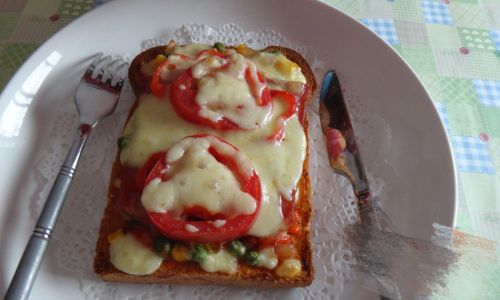
The foundation of delicious toast lies in the quality of the bread. Different types of bread offer unique textures and flavors, so selecting the right one is crucial.
1 Types of Bread
-
White Bread: Classic and mild in flavor, white bread is often the go-to for those who prefer a softer, more tender toast. It browns quickly and evenly, making it ideal for those short on time.
-
Whole Wheat Bread: Richer in nutrients and fiber, whole wheat bread offers a nutty, earthy flavor. Its denser texture means it takes longer to toast but results in a chewier, more satisfying bite.
-
Sourdough Bread: Fermented with a starter culture, sourdough has a tangy, slightly sour taste and a chewy, open crumb structure. It toasts beautifully, developing a golden-brown crust that’s both crisp and flavorful.
-
Bagels: Dense and chewy, bagels are perfect for those who love a hearty toast. They hold up well to toppings and can be toasted to varying degrees of crispiness.
-
Brioche: A rich, buttery bread with a soft, tender crumb, brioche toast is a luxurious treat. It browns quickly but retains a moist interior, making it ideal for sweet toppings.
-
Rye Bread: With its distinctive flavor and dark color, rye bread adds a depth of flavor to toast. It’s slightly denser and more moist than other breads, resulting in a chewy, flavorful slice.
2 Freshness Matters
The freshness of your bread can make a significant difference in the final toast. Stale bread tends to dry out quickly and may not toast evenly. Ideally, use bread that’s one to two days old for optimal toasting results. If your bread is too fresh, you can let it sit out on the counter for a day to stale slightly, or you can toast it for a longer period to achieve the desired crispiness.
Chapter 2: Toasting Techniques
The method you use to toast your bread can greatly impact its texture and flavor. Here are some popular techniques:
1 Oven Toasting
Preheat your oven to a moderate temperature, such as 350°F (175°C). Place slices of bread on a baking sheet and toast for about 5-10 minutes, depending on your preferred level of crispiness. Oven toasting is great for achieving an even brown color and a consistent texture throughout the slice.
2 Toaster Toasting
Using a toaster is the most convenient method for quick toast. Adjust the settings according to your preference for light, medium, or dark toast. Keep in mind that toasters can vary in their heating intensity, so it may take some experimentation to find the perfect setting for your particular appliance.
3 Stovetop Toasting
For a more controlled toasting experience, you can use a skillet or griddle on the stovetop. Preheat the pan over medium-high heat, then place slices of bread on it. Toast for about 1-2 minutes per side, or until golden brown and crispy. This method allows you to flip the bread and monitor its progress closely.
4 Grill Toasting
If you have an outdoor grill, you can use it to add a smoky flavor to your toast. Preheat the grill to medium-high heat, then place slices of bread directly on the grates. Toast for about 2-3 minutes per side, or until marked with grill marks and golden brown.
5 Broiler Toasting
For a quick and intense toasting experience, use your oven’s broiler. Preheat the broiler to high, then place slices of bread on a baking sheet. Toast for about 1-2 minutes per side, watching carefully to avoid burning. This method is perfect for achieving a dark, crispy crust.
Chapter 3: Enhancing Flavor with Seasonings and Toppings
Once your toast is perfectly browned, it’s time to add flavor. Here are some ideas for seasonings and toppings that can elevate your toast from basic to extraordinary.
1 Butter and Margarine
A classic choice, butter or margarine adds richness and creaminess to toast. Spread it generously while the toast is still warm to allow the fat to melt and meld with the bread.
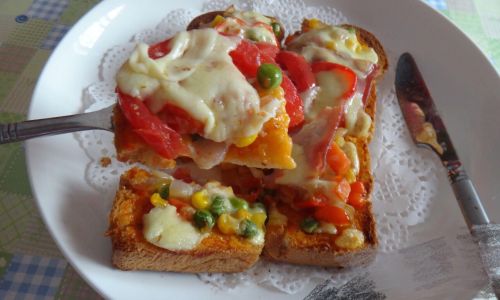
2 Avocado
For a healthy twist, mash ripe avocado and spread it on toast. Add a squeeze of lime juice, a pinch of salt, and some red pepper flakes for a zesty kick.
3 Nut Butter
Almond, cashew, or peanut butter add protein and healthy fats to your toast. Pair with banana slices, honey, or a sprinkle of chia seeds for added flavor and nutrition.
4 Jam and Jelly
A sweet and simple option, spread your favorite jam or jelly on toast for a classic breakfast treat. Consider mixing it up with a fruit compote or homemade preserves for a more sophisticated flavor.
5 Cheese
Melt a slice of cheddar, mozzarella, or brie on toast for a savory, gooey delight. You can also sprinkle grated cheese over the bread before toasting for a melty, cheesy crust.
6 Eggs
For a more filling breakfast, top your toast with scrambled, fried, or poached eggs. Add a sprinkle of salt, pepper, and herbs like chives or parsley for extra flavor.
7 Fresh Fruits
Berries, sliced bananas, apples, or peaches add natural sweetness and a burst of color to toast. Drizzle with honey or a touch of balsamic glaze for an elevated flavor profile.
8 Savory Spices
Sprinkle a pinch of cinnamon, nutmeg, or cardamom on toast for a warm, aromatic flavor. For a savory twist, try a sprinkle of paprika, cumin, or za’atar.
9 Nuts and Seeds
Chopped nuts or seeds like almonds, walnuts, chia, or flaxseeds add crunch and texture to toast. Toast them lightly before adding to enhance their flavor.
10 Yogurt and Honey
A dollop of Greek yogurt or labneh paired with a drizzle of honey makes for a creamy, sweet, and tangy combination. Add some granola or fresh fruit for added texture and flavor.
Chapter 4: Creative Toast Recipes
Now that you’ve mastered the basics, let’s dive into some creative toast recipes that will inspire your culinary creativity.
1 Avocado Toast with Poached Egg and Radish
- Toast a slice of whole wheat bread.
- Mash ripe avocado with a fork and spread on toast.
- Season with salt, pepper, and a squeeze of lime juice.
- Top with a poached egg, thinly sliced radishes, and a sprinkle of red pepper flakes.
- Garnish with fresh cilantro or parsley.
2 Tomato and Basil Toast with Balsamic Glaze
- Toast a slice of sourdough bread.
- Rub the toasted surface with a halved garlic clove.
- Slice ripe tomatoes and arrange them on the toast.
- Tear fresh basil leaves and scatter over the tomatoes.
- Drizzle with balsamic glaze and a sprinkle of salt and pepper.
- Finish with a shaving of Parmesan cheese, if desired.
3 Ricotta and Honey Toast with Lemon Zest
- Toast a slice of brioche bread.
- Spread a generous layer of ricotta cheese on the toast.
- Drizzle with honey and sprinkle with freshly grated lemon zest.
- Garnish with edible flowers or a sprinkle of toasted pine nuts for added texture.
4 Smoked Salmon and Cream Cheese Toast with Dill
- Toast a slice of bagel.
- Spread a layer of cream cheese on the toasted surface.
- Arrange thin slices of smoked salmon on top.
- Sprinkle with freshly chopped dill and a squeeze of lemon juice.
- Add a pinch of salt and pepper to taste.
5 Apple Cider Vinegar and Olive Oil Toast with Radicchio
- Toast a slice of rye bread.
- Drizzle with a mixture of apple cider vinegar and extra virgin olive oil.
- Season with salt and pepper.
- Top with thinly sliced radicchio and a sprinkle of red pepper flakes.
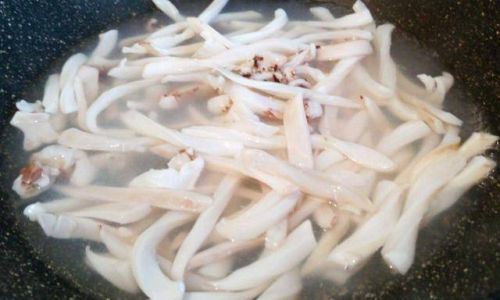
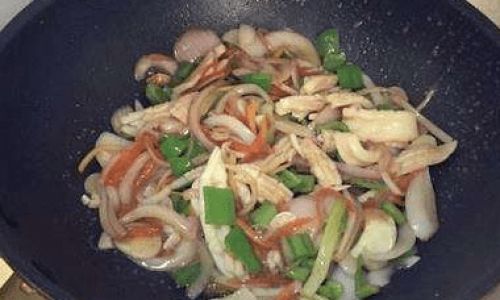


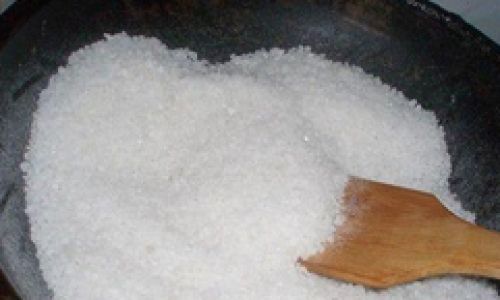
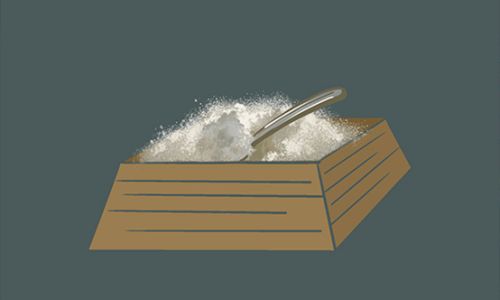
0 comments